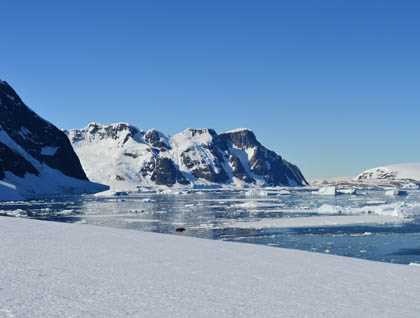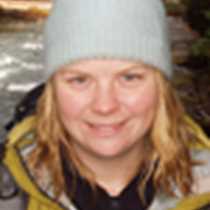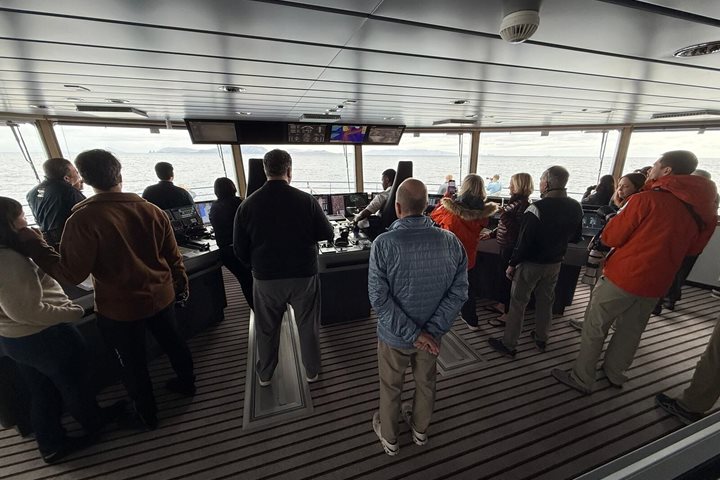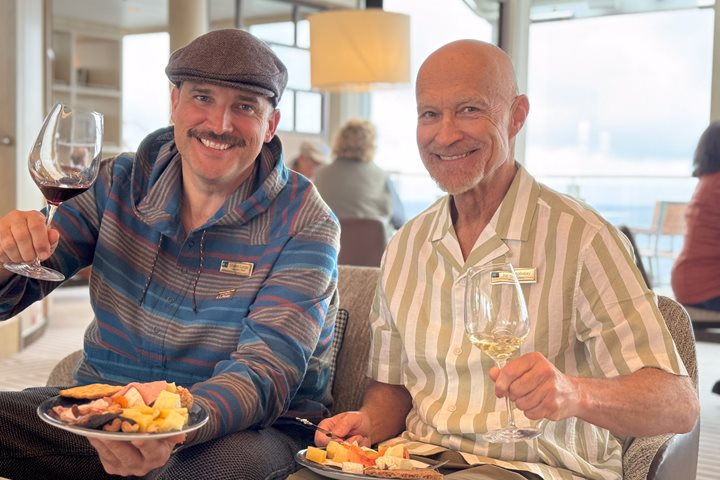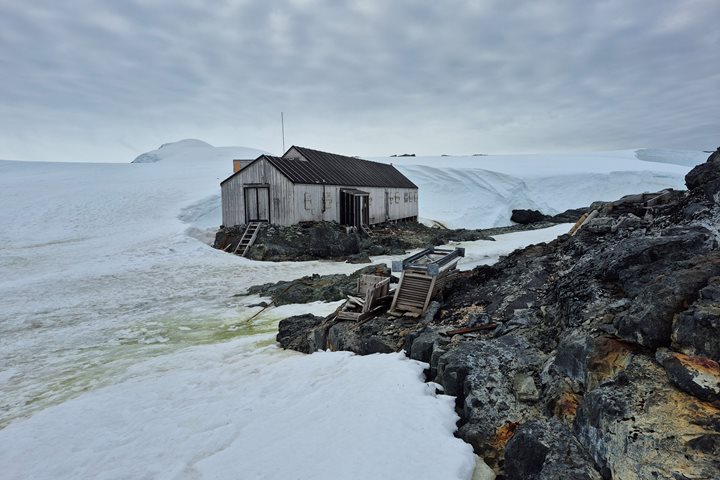Today was a quintessential Antarctica experience.
We awoke early this morning to bluebird skies, glassy calm waters speckled with icebergs, and stark mountains and massive glaciers rising up from the sea on both sides of National Geographic Explorer. The Lemaire Channel not only offered spectacular scenery, but many marine mammal sightings. Humpback and minke whales broke the surface with their blows while crabeater seals sunned themselves on ice-floes. The brisk fresh air and amazing scenery was an excellent way to start the day.
National Geographic Explorer was “parked” amidst ice just offshore of Booth Island, the location of our morning hike. A short walk up the snow-covered hill revealed breathtaking and unique views in each direction and the, now familiar, sights, sounds, and smells of penguins. All three species of the brushtail penguins (gentoo, Adélie, and chinstrap) were nesting on the island. Also inhabiting the island were several skuas, one of the primary predators of penguin eggs and chicks. We discovered a skua “dining room,” a large flat rock littered with at least a dozen penguin egg shells. Although penguins may look uncoordinated when they walk, they can be quite the mountain climbers. Dozens of paths of penguins’ footprints covered a steep slope of snow. The penguins nesting on the exposed rock on the north side of the slope benefit by laying their eggs earlier due to more rapid snow melt, but have a long, steep commute to return to the sea to forage.
Icebergs calved from glaciers, sea ice, and “grease” ice (a thin film of ice on the water’s surface) made for an exciting Zodiac excursion this morning. The Zodiacs and guests were not the only ones taking advantage of the ice extravaganza. Crabeater seals, minke whales, and penguins were observed in and around the ice.
Following a great morning of activities, we decided to take advantage of the beautiful weather to travel further south. In French Passage we encountered pack ice that had recently broken up. The water color changed from green and full of phytoplanktonic life to brilliant blue. Because pack ice blocks the sun’s rays, the phytoplankton must wait to “bloom” until the ice breaks up and allows light hit the water. Interspersed in the sheets of pack ice were massive icebergs streaked in blue. As the ship slowly made its way through the ice, the sheets broke apart, allowing our passage. Crabeater seals dotted the ice, their slithery paths visible in the snow.
With snow-covered mountains in the distance, the sun shining brightly, and smiles on our faces, we continued our journey south knowing we just experienced an amazing day in Antarctica.

